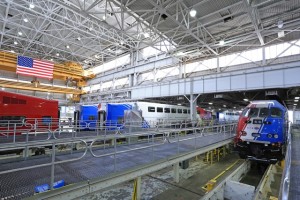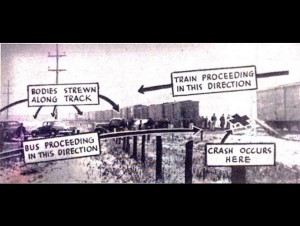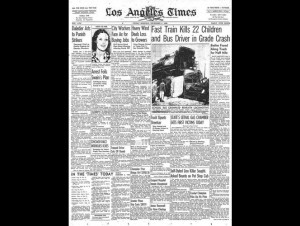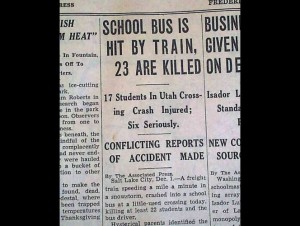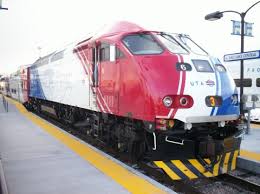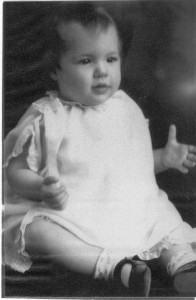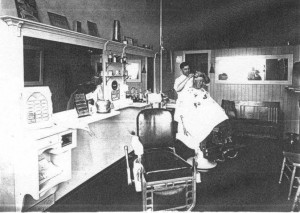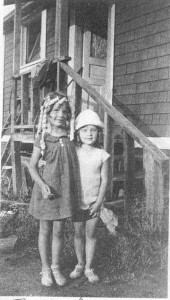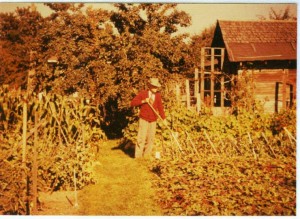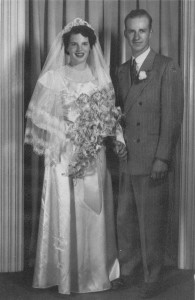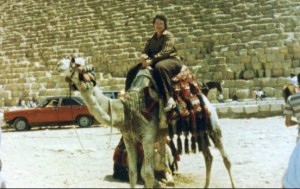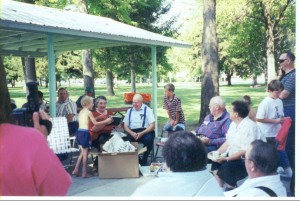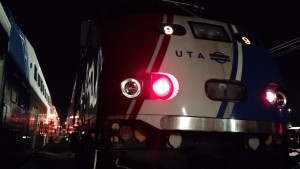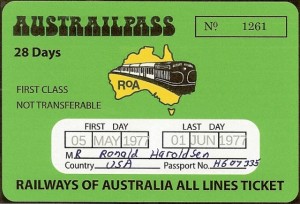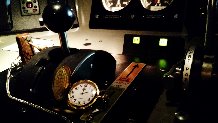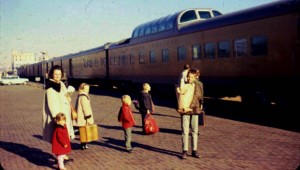Chess
Well, if the rail yard work can be compared to playing checkers, with it’s billions of possible move combinations, then certainly railroad operations out on the mainline should be compared to playing chess with it’s trillions of possible move combinations.
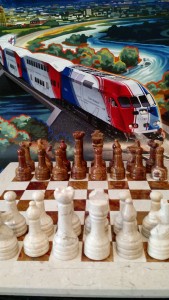
Each “Chess Piece” out on the Main Line have different functions and move differently about the “Railroad Chess Board” Besides the Railroad Engineers driving the train, there are:
- Conductors – Sometimes when we aren’t driving the train, as engineers, we work as conductors walking the train making sure everything is the way it should be. We are there to do everything from fix common door problems to getting on the ground to flag the train through malfunctioning crossings.
- Train Hosts – They are both at stations and on the trains, helping passengers.
- Field Supervisors – They work throughout the alignment doing everything from dealing with trespassers and other illegal activity to helping with the trains and the rail alignment locations that are having problems.
- MOW Rail (Maintenance of Way) – Personnel that maintains the rails, switches, etc.
- MOW Signals – Personnel that maintains the signals systems and automatic controls.
- Radio Technicians – Maintaining the many two-way radios in our operation as well as the automatic announcement systems on the trains.
- Frontrunner maintenance personnel – They usually work in the yard, but do venture out on the mainline when a train with problems warrants it.
- The Instructors – They have licensing authority (can issue and revoke our engineers licenses), give efficiency tests and check rides to determine if we are still doing everything correctly and if we can still keep our licenses or not, and teach the basics to new engineers.
- UTA Police and Fare Inspectors – Out there keeping everyone honest and safe.
- FRA inspectors – They can be anywhere at anytime watching our operation to make sure we, as a railroad, are following all Federal Railroad standards.
- Controllers – They direct everything from a our Control Room. Everything that happens on the mainline is under the direction of the Controller on duty. I think of really good controllers as the “Grandmasters” of our Mainline “Railroad Chess Game.”
- Customers – And last but not least, I like to think of our customers, the passengers, as the King of our Railroad chess game, because everything else that the rest of us are doing ultimately is to take the best possible care of our passengers, just like the number one objective of all other chess pieces is to protect the king.
I read that there are 318,979,564,000 (that’s almost 319 billion) possible ways to play just the first four moves of chess. I think this is a fair comparison our mainline railroad operations.
Even when everything goes like clockwork, it’s a pretty complicated mechanism to run that “Clock”. Timing is everything, as the north and southbound trains meet each other. Typically this is at eight different locations along the alignment during our peak 30 minute service.
All it takes is something like heavy passenger loads, taking longer than usual to board and exit at the stations, to really mess up the schedule for all nine trains competing for the same single track. Add to that a door not functioning properly or a million other mechanical glitches that can happen and the delays can really add up.
Then the Grandmasters in the control room might start changing things up, trying to get the flow of trains down the track in both directions smoothly again. North vs Southbound “train meets” at the sidings may be switched, so that the normally faster train to the meeting point stays on the mainline and the normally slower train, which is now first to get there, goes into the siding and waits for the train to pass by in the other direction.
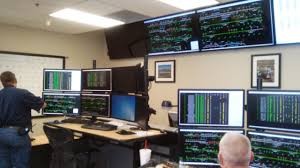
That maneuver can help get the slower train back on schedule because it won’t have to slow down as it passes the train coming from the other direction. However even that can be tricky. Because the switches have to be lined well ahead of time and then the Controller is committed once he guesses which train to line into the siding.
Other variables that affect the timing and flow of trains as they move in both directions along our single track include the fact that no two engineers drive the train the same way. Sometimes in the mix are new student drivers along with their instructors.
Some engineers drive the trains faster than others. Some try to push the limits of our automatic speed controls and frequently get shut down. That makes them slower in the long run than those who go slower. Some engineers leave such a cushion of safety that they never hear the Cab Signal System beeping the warning that the train is going as fast as allowed for that particular stretch of track. I would describe these engineers as “Slow but sure”.
As I drive my train, I strive to always run at maximum authorized speed by keeping the “happy chirp” of the cab signals going as much as possible but avoiding getting to the point of hearing the “angry beep” of that signal system saying, “I’m going to shut you down!” I’ve also learned that keeping a train on time has as much to do with efficiently coming into and out of the stations as with running at maximum authorized speed through the open stretches.
All of it involves a fine line between great train handling skills and excessive penalty stops and causing a jerky ride for “The King” our passengers. It’s a lot of continuous practice and work to get it right.
Also, no two trains can be driven exactly the same way. Our 19 locomotives and over 50 passenger cars are constantly being remixed and matched as units are pulled out for repairs or preventive maintenance. Each time a particular consist is changed it handles differently. Variables include locomotive power, exactly what is required to keep the Cab Signals happy, and how the train responds to braking.
Opponents that can challenge the railroad chess players include:
- Form A Protection – Temporary speed restrictions because of track conditions.
- Form B Protection – Speed restrictions with possible stops required used to protect men and equipment working on or near the rails.
- Restricted Speed – Special reduced speed requirements that includes a mandate to watch for and stop before encountering a list of possible obstructions.
- Additional Speed Restrictions – Can be issued for any speed, for any stretch of track, for any time required, to protect either the train or men & equipment on the ground near the track.
- Crossing Protections – Special procedures including sounding a horn sequence and speed restrictions, with possible a stop for a flagger at crossings with malfunctioning crossing gate and/or lights.
- FrontRunner Efficiency Tests – Conditions in place on the train or track requiring the engineer to respond following specific protocols. These many different possible tests, administered under the direction of the training department can vary in complexity and delays to normal operations.
- Union Pacific Efficiency Tests – Same as the FrontRunner efficiency test when operating on the Union Pacific alignment. One big difference is the Union Pacific supervisor administering the test has less regard for the length and timing of the test that affects FrontRunner’s schedule. I’ve been involved with some of these tests that caused substantial delays to FrontRunner during our peak morning commute.
- Union Pacific Trains in Emergency – Because of the length and resulting cumulative slack action, when a Union Pacific train applies it’s emergency brakes (regardless of the reason), there is a possibility that their consist may become uncoupled or even derailed. When this happens on our adjoining track, it is possible that our track may be fouled by it. Also, the UP personnel must then walk and make a visual inspection of their train before they can proceed. We have special protocols to follow in how we can proceed past (and reporting about) the UP train as long as it’s in emergency.
- Police Action on the Train – Whether it’s someone running or hiding from police on the train, or someone is observed engaging in something criminal, the train may be asked to hold at stations while the police do their thing.
- Police Action on the Alignment – The various police agencies along our alignment will contact our control center anytime they have police action along the alignment. We will then be asked to proceed with various levels of caution (and reduced speed) depending on what is going on and how close they are to our rails. It is surprising how often this happens. Criminals and good people doing dumb things seem to gravitate to the railroad tracks.
- Medical Emergencies on the trains and at stations – It happens, and does cause the delays you might expect for such things.
- Bomb Threats – From a positive perspective, the traveling public are increasingly aware of their surroundings. The “See something, say something” awareness campaign is working. I’ve even had my own bag, locked the operating compartment of the train but seen through a small window, reported to me as an unattended bag. Even though it requires man power and other resources, usually the frequent sightings and reports can be quickly investigated and resolved without causing delay to the trains. However, even in my short time working for FrontRunner, I’ve seen these sort of threats close down a station and shutdown and evacuate a train. In the latter case, apparently a homemade tattoo machine, forgotten and left on the train, can look a lot like a bomb.
- Cars crashed or stranded on the rails – It is surprising to me how often confused, impaired or reckless drivers end up stranded on our rails. Of course this brings disruption to our regular train service, while the incident is investigated and the car is cleared from our tracks. One such incident recently happened on our main line tracks next to our rail yard. The innovative way that our controllers kept our trains rolling, and kept our “King” the customers happy, seemed as clever as the unique castling move in chess where the King is protected by simultaneously trading places with one of the rooks. In our railroad version, our “in service trains” full of passengers, were routed through our yard, thus avoiding being stopped on our closed mainline track. Besides the yard speed restrictions and personnel out throwing yard switches to accommodate their movement, the jurisdiction and communications for the train moved to the yard supervisor and then back to the controller as each train made their “Castling” move.
- Debris on the tracks – Certain types of debris (blown, dropped, or otherwise left on the tracks) can show “an occupancy” and require investigation before the signal systems are working properly and trains can proceed normally.
- Disabled train on the alignment – Nothing will disrupt the flow of all the trains running up and down our single track quicker than a disabled train anywhere on the alignment. Frequently, the mechanical problems occur at a station with things like door problems. If something happens causing the train to loose power between stations, the goal is to coast into a station so at least other trains can continue to run down our single track. When that doesn’t work, it’s really inconvenient. Bus bridges around the disabled train and the trains on both ends of the “blocked track” running back and forth on the shortened remaining line then become a reality.
- Train involved in collision with a person or vehicle – These events, almost always including personal tragedy will stop the train at the scene for hours. Like the disabled train on our single track, bus bridges and the remaining trains making shortened runs on each end of the accident to keep our passengers moving.
- Extra trains – Whether it’s a single locomotive sent out to rescue a dead train on the alignment, a replacement train to replace one with problems, or an additional train sent out to take up the headway of a substantially delayed train, the extra trains out competing for our precious single track during our peak 30 minute service can really complicate routing and flow of the other trains.
- Snow storms causing Signal issues – All the switches on our mainline are equipped with heaters to keep them from freezing in cold and snowy weather. In spite of our fancy equipment and all that the Maintenance of Way personnel do to keep these things working, stormy weather always seems to break the weakest links in the chain. The results include stopped trains, engineers tying down their trains, trudging out in the snow to manually throw switches, and a whole list of special radio dialog mandated to keep the system safe while trains begin moving (albeit slowly) through a manual system.
- Power Outage – Though the specific cause is different, switching and signal issues when the power goes out along the alignment is very much like what happens when snow storms cause havoc with our mainline switches and signals.
- Tripped Bollards – Bollards are posts mounted in certain places between our rail and very close Union Pacific track. If in these very “tight spots” a UP train (or something from the UP train) trips the bollard, it falls over onto our track causing any of our trains in that area to receive a “Zero Speed” on our cap control signal system, shutting down that train completely.
- MOW (Maintenance of Way) with Track & Time or Foul Time – Whether it is preventive maintenance or helping to get things up and running when the system fails, The controllers must also keep track of MOW personnel out on the track as well as the trains. Depending on what they are doing, when, and where, various types of permits are granted, and monitored by the controllers so that the trains and employees who maintain the track system don’t occupy the same space.
- Common Corridor Emergencies – When the emergency is bigger than just FrontRunners’s world, coordination in responding to, and managing the situation includes the other outside entities involved. Just recently, an I-15 wreck, involving a truck with potentially explosive material not only shut down the interstate in both directions for many hours, but also closed a close by section of the FrontRunner track. Like a disabled train on the alignment, Bus Bridges and trains makings shorter runs back and forth on each side of the track closure were included in the responseshe included in the responce de of the track closure also closed a that the Controllers made in that particular railroad chess game.
- Trespassers – People along our rails is a constant occurrence. Many don’t seem to know that they are trespassing into dangerous territory. Others know but don’t care. Whether it’s just someone looking for a short cut, a foamer out trying to get the perfect picture, or someone with a death wish, they complicate and often slow our safe passage up and down the rails.
- Managing delays while holding for transfers – The controllers on duty are often weighing the balance between holding trains for transfers from the other modes of transit which are behind schedule and also making the FrontRunner trains late. “Do they sacrifice a bishop to save the Knight? Which one is more needed in the future to keep the King safe?”
- Train Host left at the Station – In the hustle and bustle of passengers exiting and entering the train, once in a while the train host, buried in the crowd, is left on the platform (often standing there holding the bridge plate that was just used to help someone in a wheelchair cross the gap from the train.) Once the train is off the platform it can’t go back, and the controller now needs to get another train host on board, somewhere down the line, until it can all be made right again.
- Holiday “Saturday Service” congestion – Even late at night on a Monday holiday, Controllers deal with congestion along the alignment as the late night “Saturday Service” trains continue until 2:30am, the five overnight trains are deadheading to their starting points in Provo and Ogden, MOW is looking to get on the tracks for inspections and maintenance, and the overnight freight trains are looking for their usual night time windows of opportunity to cross over the UTA Main track as they service the many businesses along both sides of our rail.
